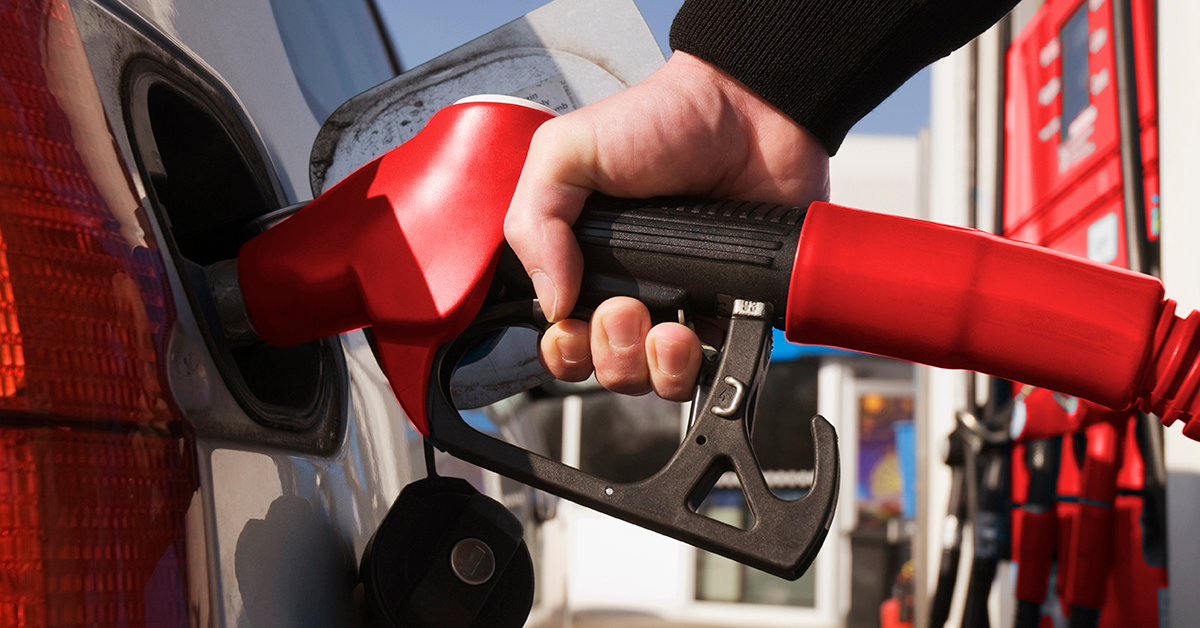Top 10 Ways to Get Better Gas Mileage
Top 10 Ways to Get Better Gas Mileage

When gas prices go up, drivers start looking for methods to save money on gas.
But finding a deal at the pump isn't the only thing you can do to bring your car fuel bill down. The way you drive directly affects your fuel economy. Speeding and rapidly accelerating from a stop increases gas consumption, whereas planning an efficient drive and maintaining a consistent speed within the posted limit can help you go farther on a tankful.
Follow these 10 tips to get better gas mileage. You just may make fewer gas station stops and save money, too.
1. Plan your trips
Map a route before you go to minimize unnecessary turnarounds and backtracking. Avoid peak traffic times. Combine errands and go to "one stop shops” where you can do multiple tasks (banking, shopping, etc.).
2. Watch your speed
Fuel economy peaks at around 50 mph on most cars, then drops off as speeds increase. Reducing highway speeds by 5 to 10 mph can increase fuel economy 7 to 14 percent.
3. Drive conservatively
Avoid "jack rabbit" starts, rapid acceleration and hard braking, which can lower fuel economy by 15 to 30 percent at highway speeds and 10 to 40 percent in stop-and-go traffic.
4. Avoid excessive idling
A car engine consumes one quarter to one half gallon of fuel per hour when idling, but a warm engine only takes around 10 seconds worth of fuel to restart. Where safe to do so, shut off your engine if you will be stopped for more than a minute.
5. Use a "fast pass" on toll roads
Having a pre-paid pass on toll roads allows you to use the express lane, saving fuel by minimizing or eliminating tollbooth slowdowns and stops.
6. Avoid rush hour
Take advantage of flex work hours to avoid commuting during peak traffic times.
7. Anticipate road conditions
Watch the traffic ahead and "time" stoplights to maintain momentum and avoid unnecessary stop and go.
8. Use cruise control
Driving at a consistent speed on the highway saves gas. However, never use cruise control on slippery roads as it could cause a loss of vehicle control.
9. Shift gears efficiently
If your car has a manual transmission, upshift as soon as practical. When coming to a stop, use the brakes. Do not downshift to slow the car.
10. Drive to warm the engine
In cold temperatures, start the engine and then drive the car normally to warm the engine. Driving brings the engine to operating temperature more rapidly and thus, saves gas.
AAA can help you find fuel prices near you through the AAA Mobile App, plus maps and directions for iPhone and Android. Download the AAA Mobile app today on Android and iOS.